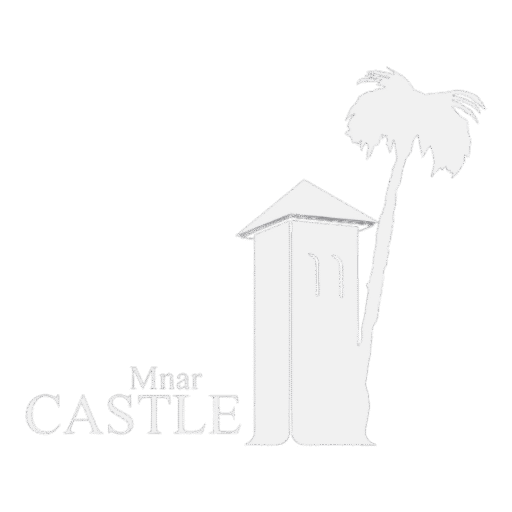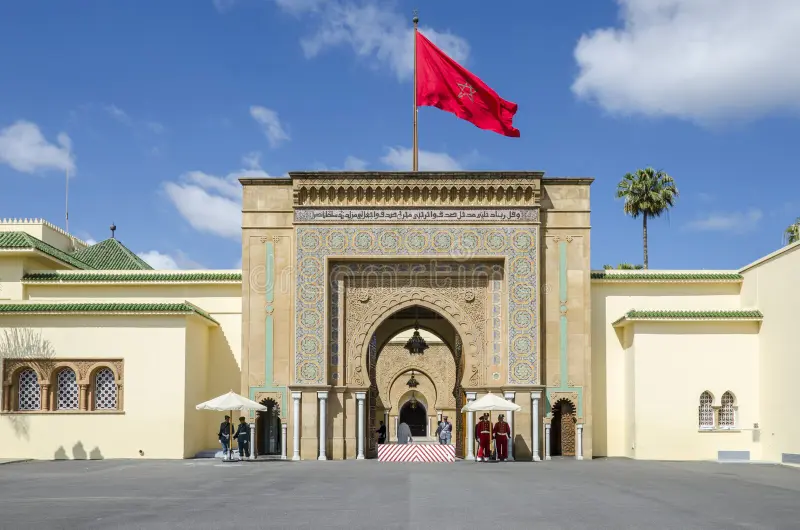Royal Palace of Morocco: A Majestic Landmark Every Tourist Must Visit
Morocco is a land of rich traditions, breathtaking landscapes, and centuries-old royal heritage. Among its most striking landmarks, the Royal Palace of Morocco stands as a powerful symbol of the country’s monarchy, blending architectural splendor with historical significance. While the palace itself remains off-limits to the public, its grandeur, intricate details, and cultural importance make it a must-visit site for travelers exploring the kingdom.
With royal palaces in cities such as Rabat, Fez, Marrakech, and Meknes, each reflecting a unique blend of Moroccan craftsmanship and Andalusian influence, visitors can experience the magnificence of the country’s royal legacy. Whether admiring the golden gates, discovering the surrounding historic sites, or witnessing the royal guards in their traditional attire, a visit to the Royal Palace of Morocco is an essential part of any Moroccan itinerary.
This guide delves into the architectural beauty, historical relevance, and practical tips for visiting these palatial wonders while optimizing your experience for a deeper cultural understanding.
We’re here to help! Message us on WhatsApp, and a team member will assist you personally.
1. The Architectural Majesty of the Royal Palace of Morocco
The Royal Palace of Morocco, also known as Dar al-Makhzen, is an architectural masterpiece reflecting Moroccan and Islamic design traditions. The palace gates, adorned with intricate zellige tilework, cedarwood carvings, and polished brass doors, highlight the craftsmanship that has been passed down through generations.
Key Architectural Features:
- Golden Doors: Massive, polished brass doors, often reflecting the sunlight in a dazzling display of grandeur.
- Zellige Mosaics: Detailed geometric tilework, a hallmark of Moroccan artistry, covering the palace exteriors.
- Andalusian-Inspired Gardens: Surrounding the palace, lush green courtyards offer a glimpse into Morocco’s sophisticated landscape design.
- Ornate Archways: Horseshoe-shaped archways decorated with stucco patterns and Arabic calligraphy, adding to the palace’s visual appeal.
Each city’s Royal Palace showcases slight variations in design, reflecting the historical and cultural influences unique to that region. While visitors cannot enter the palace, standing before its majestic gates is an awe-inspiring experience that reveals Morocco’s deep connection to its royal heritage.
2. The Most Iconic Royal Palaces in Morocco
Royal Palace of Rabat – The Political and Administrative Center
As the official residence of King Mohammed VI, the Royal Palace of Rabat is the most important of all Moroccan palaces. Located in the heart of the capital, it serves as the administrative headquarters for the government and a venue for diplomatic meetings. The Bab el-Rouah gate, with its towering arch and intricate stonework, is one of the most remarkable features of the palace.
Nearby Attractions in Rabat:
- Hassan Tower – A magnificent, unfinished 12th-century minaret.
- Kasbah des Oudaias – A charming fortress with blue-and-white streets overlooking the Atlantic Ocean.
- Chellah Necropolis – A fascinating blend of Roman and Islamic ruins.
Royal Palace of Fez – The Most Stunning Palace Gate
Located near the Jewish Quarter (Mellah), the Royal Palace of Fez is known for its extraordinary seven golden gates, each decorated with finely carved cedarwood and colorful zellige mosaics. This palace is one of the largest in Morocco and plays a significant role in royal ceremonies.
Nearby Attractions in Fez:
- Fez el-Bali (Old Medina) – A UNESCO World Heritage site with narrow alleys and bustling souks.
- Al Quaraouiyine University – The oldest continuously operating university in the world.
- Chouara Tannery – A historic leather tannery offering a unique sensory experience.
Royal Palace of Marrakech – A Blend of Tradition and Modernity
The Royal Palace of Marrakech, situated near the Agdal Gardens, is an important residence for the royal family. Unlike other palaces, it has been expanded and modernized while still preserving traditional Moroccan aesthetics.
Nearby Attractions in Marrakech:
- Jemaa el-Fnaa – The vibrant main square, home to street performers, food stalls, and musicians.
- Bahia Palace – A 19th-century palace showcasing stunning courtyards and painted ceilings.
- Menara Gardens – A peaceful retreat with views of the Atlas Mountains.
Royal Palace of Meknes – The Historical Gem
Meknes, a city known for its imperial past, houses a lesser-known yet historically significant royal palace. The Bab Mansour gate, an architectural wonder with elaborate tilework and Arabic inscriptions, marks the entrance to the palace grounds.
Nearby Attractions in Meknes:
- Heri es-Souani – An ancient granary and stable built by Sultan Moulay Ismail.
- Volubilis – Well-preserved Roman ruins just a short drive away.
- Moulay Idriss Zerhoun – A sacred town with panoramic hilltop views.
3. The Royal Guards and Moroccan Monarchy Traditions
A visit to any Royal Palace is enhanced by the presence of the ceremonial royal guards, standing in traditional uniforms that reflect Morocco’s regal customs. These guards serve as both protectors and symbolic figures of the monarchy’s enduring influence.
Moroccan Monarchy Facts:
- The King of Morocco, currently King Mohammed VI, holds both political and religious authority as the “Commander of the Faithful.”
- The royal family has residences in multiple cities, with Rabat being the primary seat of governance.
- Certain royal ceremonies, such as the Throne Day celebrations, offer glimpses into the deep-rooted traditions of Moroccan royalty.
4. Essential Tips for Visiting the Royal Palaces
To make the most of your visit to the Royal Palace of Morocco, consider the following travel tips:
- Respect the restrictions – While visitors cannot enter, the exteriors and surrounding areas are open for exploration.
- Best time to visit – Early mornings and late afternoons offer the best lighting for photography and a quieter experience.
- Dress appropriately – Modest clothing is recommended, as these are culturally significant sites.
- Take a guided tour – A local guide can provide historical insights and direct you to the best viewing spots.
- Visit nearby attractions – Each palace is located near key historical sites, making it easy to explore multiple locations in one trip.
A Regal Experience Awaits
The Royal Palace of Morocco is more than just an architectural masterpiece; it represents centuries of Moroccan history, craftsmanship, and royal tradition. While access to the interior remains restricted, standing before the grand palace gates offers an unforgettable experience for travelers seeking cultural depth and historical significance.
Whether visiting the golden doors of Fez, the political heart of Rabat, or the imperial heritage of Meknes, each royal palace tells a story of Morocco’s enduring monarchy and artistic legacy. With its fusion of elegance and history, the Royal Palace of Morocco remains an essential stop on any journey through this enchanting country.
Want priority assistance? Message us on WhatsApp, and we’ll help you right away!



